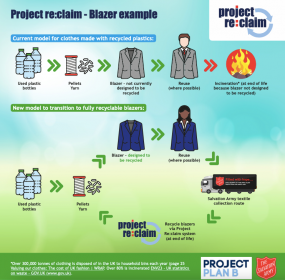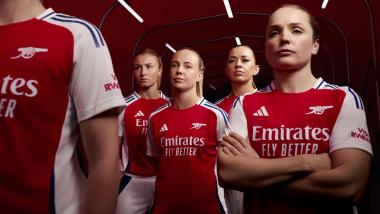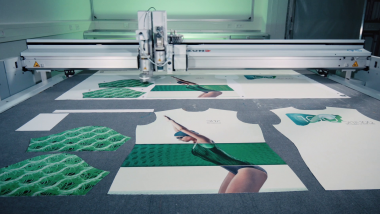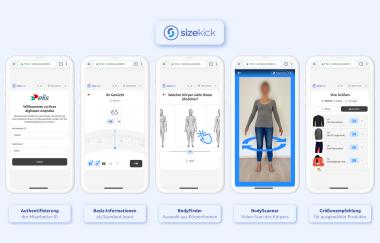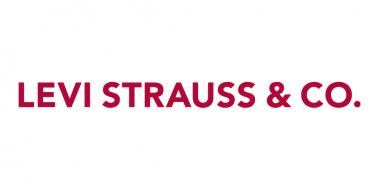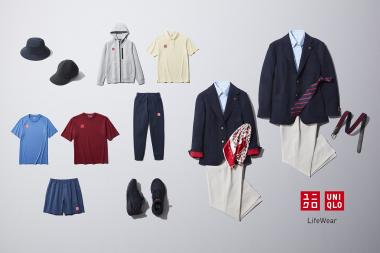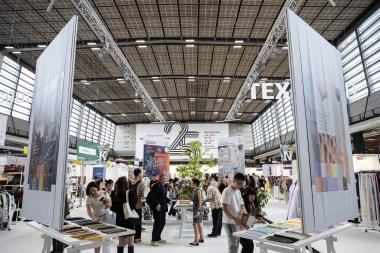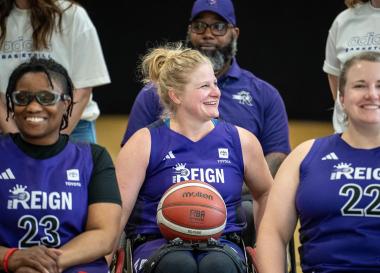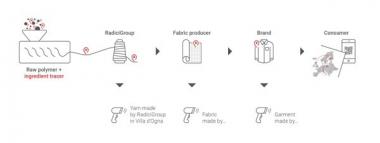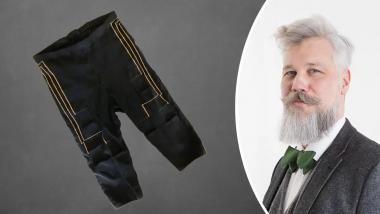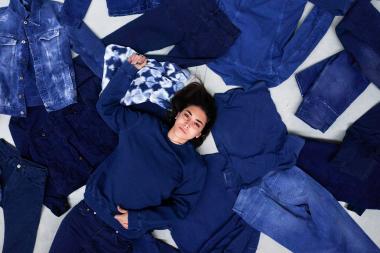TrusTrace launches Playbook for fashion industry
TrusTrace, a global SaaS company with a market-leading platform for supply chain traceability and compliance in fashion and retail, announced the launch of its third playbook entitled, “Unlocking DPP: The Why, What and How of Digital Product Passports.”
Unveiled at the Global Fashion Summit in Copenhagen, the playbook offers a guide for fashion industry professionals grappling with the data collection and implementation of the widely anticipated Digital Product Passport, which will come into force in the European Union between 2026-2030. The book busts some common myths and misconceptions about the DPP, and offers a data protocol for brands to follow to start collecting DPP data and setting up their digital systems for DPP implementation.
The guide, which has been authored by journalist Brooke Roberts-Islam, opens with ‘The Why’ of the DPP, breaking down the complex set of incoming EU legislation, and explaining why DPP is an essential tool for achieving the EU’s legally-binding commitment to reach net-zero greenhouse gas emissions by 2050. The guide highlights the significant data gaps and how the DPP will address these by collecting and sharing circularity data.
‘The What’ section explains the three core components of the DPP: product data, unique identifiers and the required interoperable IT system (for decentralized data sharing). This section also offers a breakdown of who and what is in scope, along with the required data systems. ‘The When’ offers all brands an essential overview of the DPP timeline and requirements for textile products under the ESPR.
‘The How’ provides brands with the essential steps to successfully collect data and implement a DPP scheme. The insights in this chapter are derived from the Trace4Value project, a live DPP pilot led by TrusTrace to test an end-to-end DPP data and system infrastructure for textile products entering the EU market. The pilot cohort embedded DPP carriers with live data into selected Kappahl and Marimekko products, which launched on the market in early 2024.
TrusTrace










